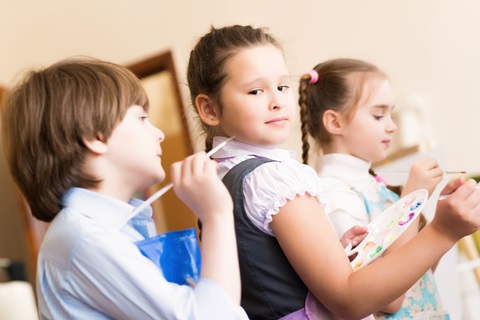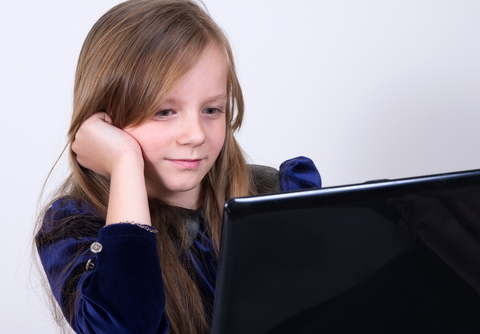There are many different types of schools and methods of education available to students today, such as homeschooling, distance education, performing arts schools, and schools which offer education programmes based on specific philosophies and teaching methods. Montessori establishments belong to this last category. Before choosing a Montessori school, parents must familiarise themselves with the underlying principles of the Montessori philosophy, and consider whether Montessori practices will benefit their child.
Dr. Maria Montessori developed particular teaching methods based on principles that she developed by means of observation and experiments carried out in 1907. She wanted to engage young people and make them active participants in their own education. She found that the students involved in her experiment progressed rapidly, developing social and academic skills that were superior to those of their counterparts in traditional schools (Feez, 2014). Today there are over 22,000 Montessori schools worldwide with over 300 in Australia. According to the Montessori Australia website, the Montessori method “has a longer track record of success than any other educational approach in the world” (“About Montessori”, 2017).
This method is underpinned by three key principles: observation, individual freedom, and preparation of the learning environment. According to Montessori philosophy, children are naturally inclined to learn, are able to initiate their own learning, and can learn to take responsibility for their own education, when they are schooled in the Montessori method, and use specially designed Montessori materials. The Montessori philosophy takes a holistic approach to education, seeking to develop a child’s physical, social, emotional, and cognitive faculties. In practice, this means that teachers prepare classrooms and activities to encourage children to embrace independence, order, a certain freedom of choice within set boundaries, and encourage them to develop their concentration skills. Students mix with other age groups, and older children teach younger ones concepts they have mastered, which reinforces learning. Students are free to choose their own activities and complete them in their own time frame, and to make use of the materials on offer to initiate their own learning, with teachers acting as mentors when support and guidance is needed. They are able to learn at their own pace, in their own time (“Introduction to Montessori Method”, 2017; “Montessori: philosophy, education & the method”, 2017).
Children in Montessori schools begin learning with concrete materials, and as they grow older, they move on to abstract concepts, learning in an interdisciplinary environment. If maths and geography skills can be taught in a history lesson where students learn about the cost of living in Britain in the 19th century for example, teachers find opportunities to incorporate these skills into the lesson. Test results are used to assist parents and teachers to track student progress, but are not used to compare students, to cajole them into achieving set tasks, to punish or to praise them. Teachers don’t mark in a traditional way either, by correcting mistakes with red ink. They observe student mistakes, and plan projects that will help students learn what they need to improve on. Progress is usually tracked by portfolios, the teacher’s observation and records, and student success is measured by the child’s behaviour, happiness, maturity level and the level of work they engage in. Although there may be fewer structured academic requirements for younger children then in traditional schools, Montessori students still participate in external assessments such as NAPLAN tests, and Montessori schools must address Australian curriculum outcomes (“Introduction to Montessori Method”, 2017; “Montessori: philosophy, education & the method”, 2017; Feez, 2014).
Montessori philosophy and teaching methods are not right for everyone; some students and teachers may struggle with the lack of traditional classroom structure and discipline, whilst other individuals may work well if given a greater degree of freedom and choice. School teachers may have difficulty selecting age-appropriate activities, and students schooled in the Montessori approach may experience difficulty transitioning to a traditional classroom later on. Parents need to be aware that “Montessori” is a term which can be loosely applied to any school that has elements of Montessori teaching, whether the school chooses to rigourously adhere to every aspect of the Montessori school system or not. Whatever the case, parents need to carefully research the Montessori schools they are considering for their child, and reflect upon whether a particular school’s philosophy and practices fit in with the child’s disposition, and the parents’ own educational ideals (Xu, 2014).
REFERENCES
“About Montessori.” Montessori Australia Foundation Limited.
“Introduction to Montessori Method.” American Montessori Society.
“Montessori: philosophy, education & the method.” Our Kids. 2017.
Feez, Susan. “Kids choose their own work in a Montessori classroom.” The Conversation. July 10, 2014.
Xu, Elizabeth. “The Pros & Cons of Montessori Education.” School of Education Blog. Rasmussen College. 18 November, 2014.



